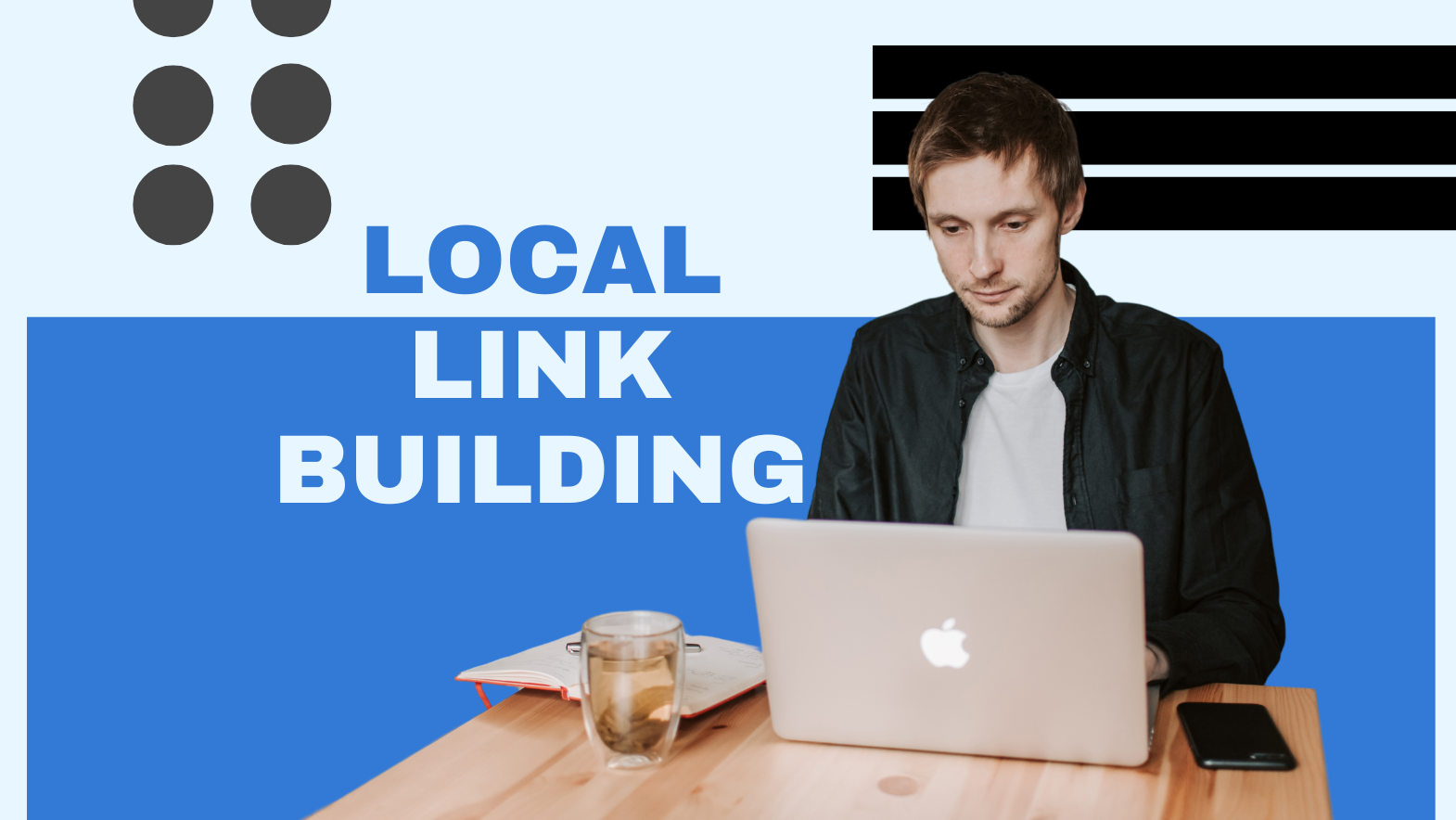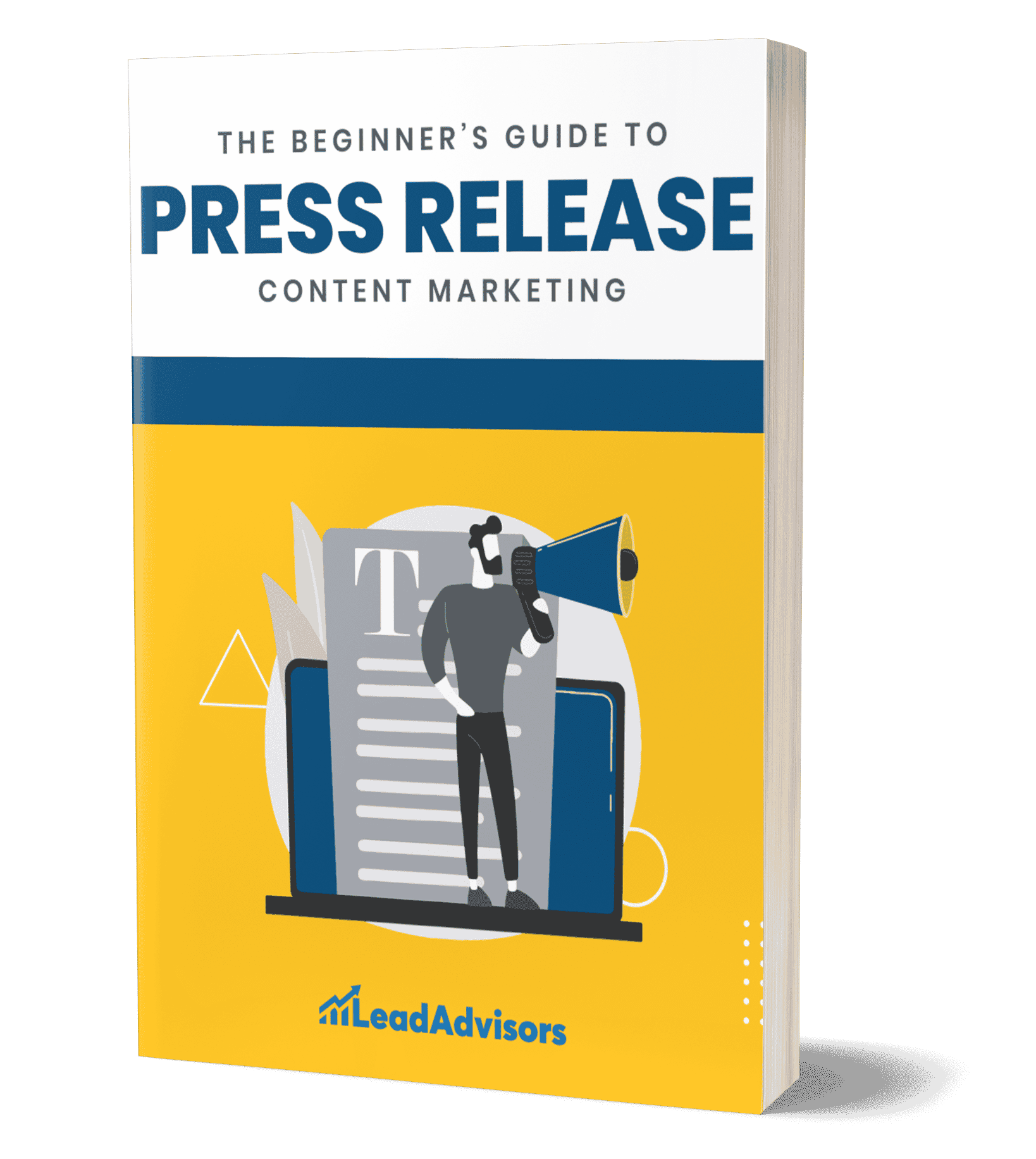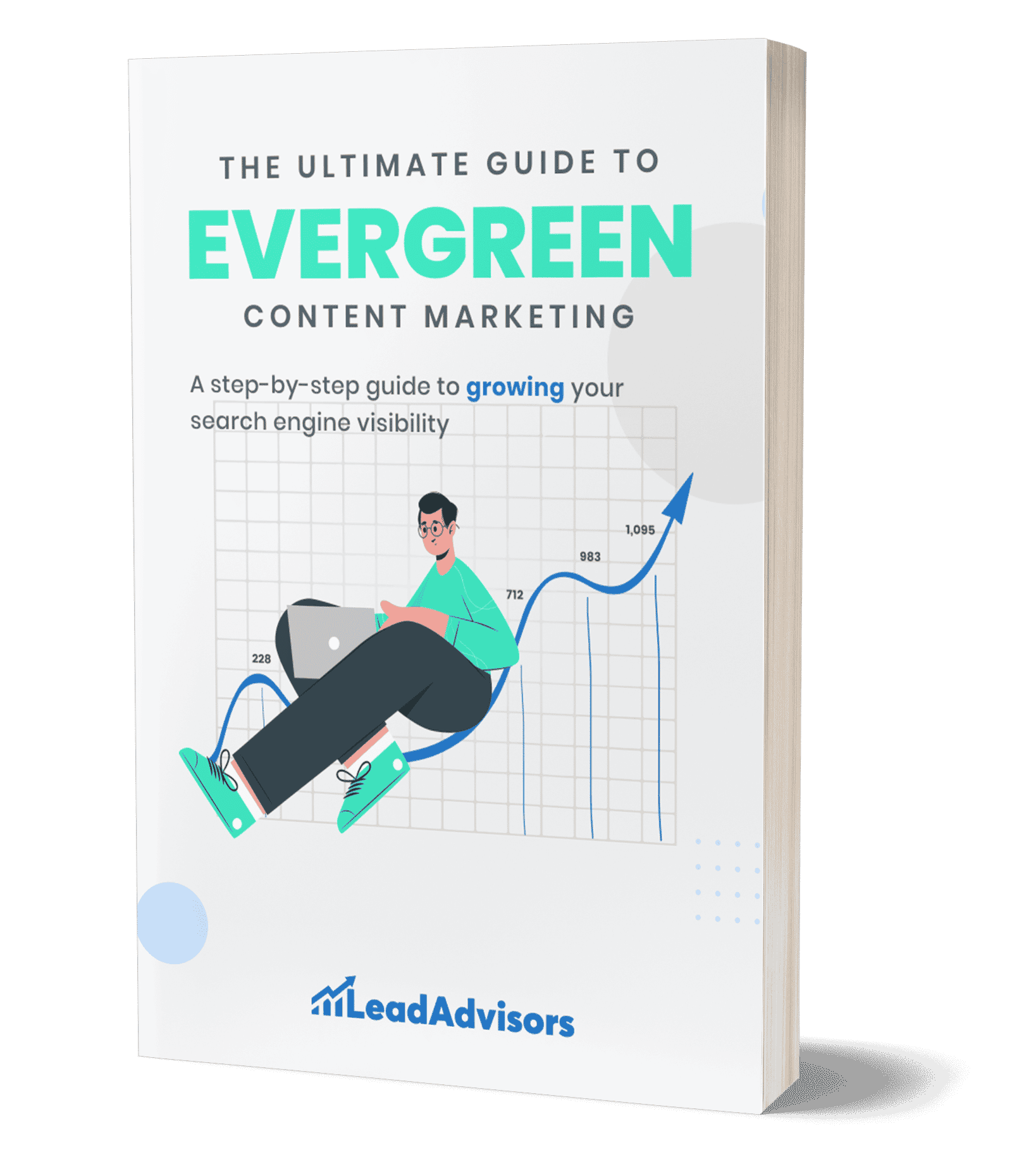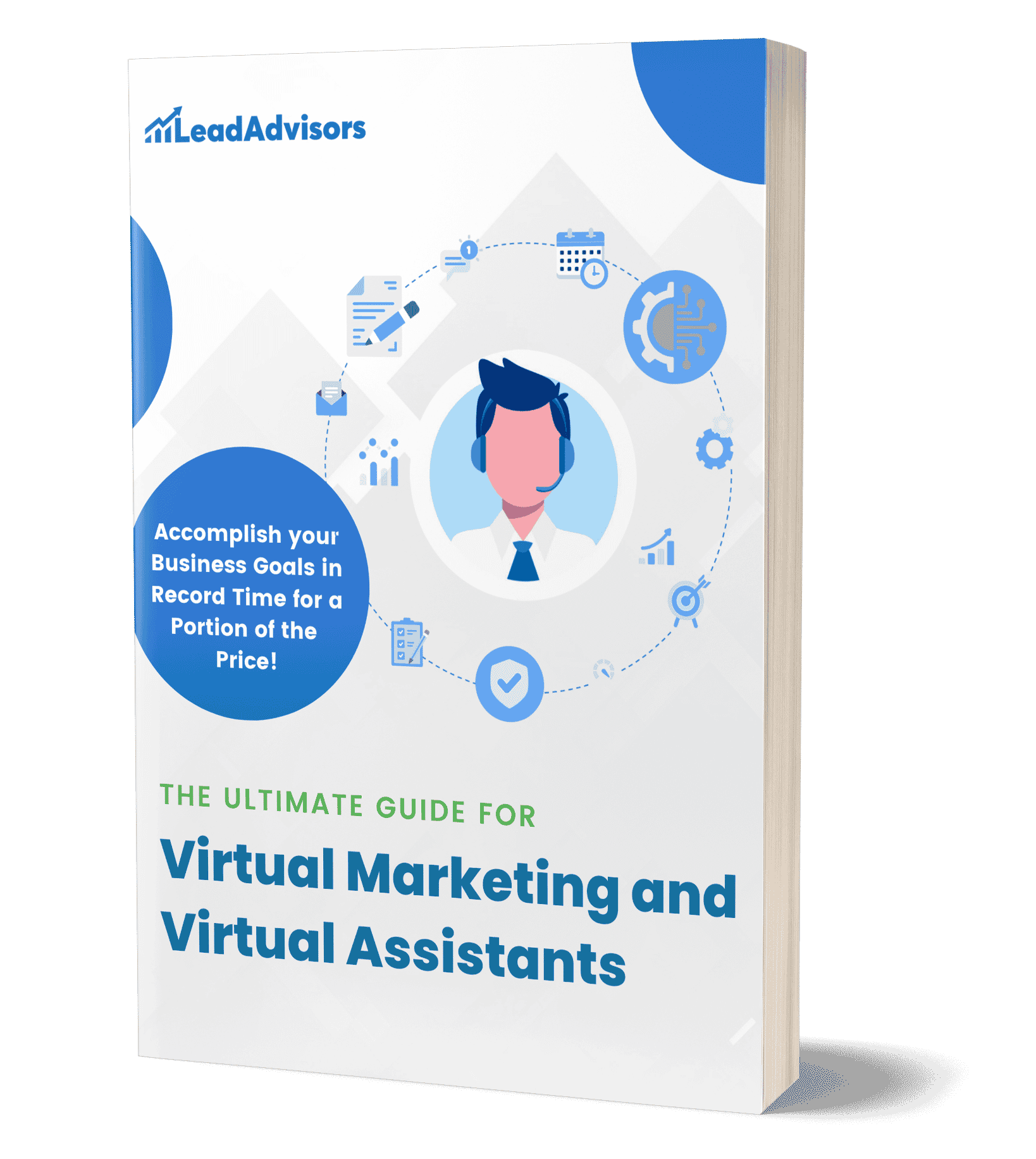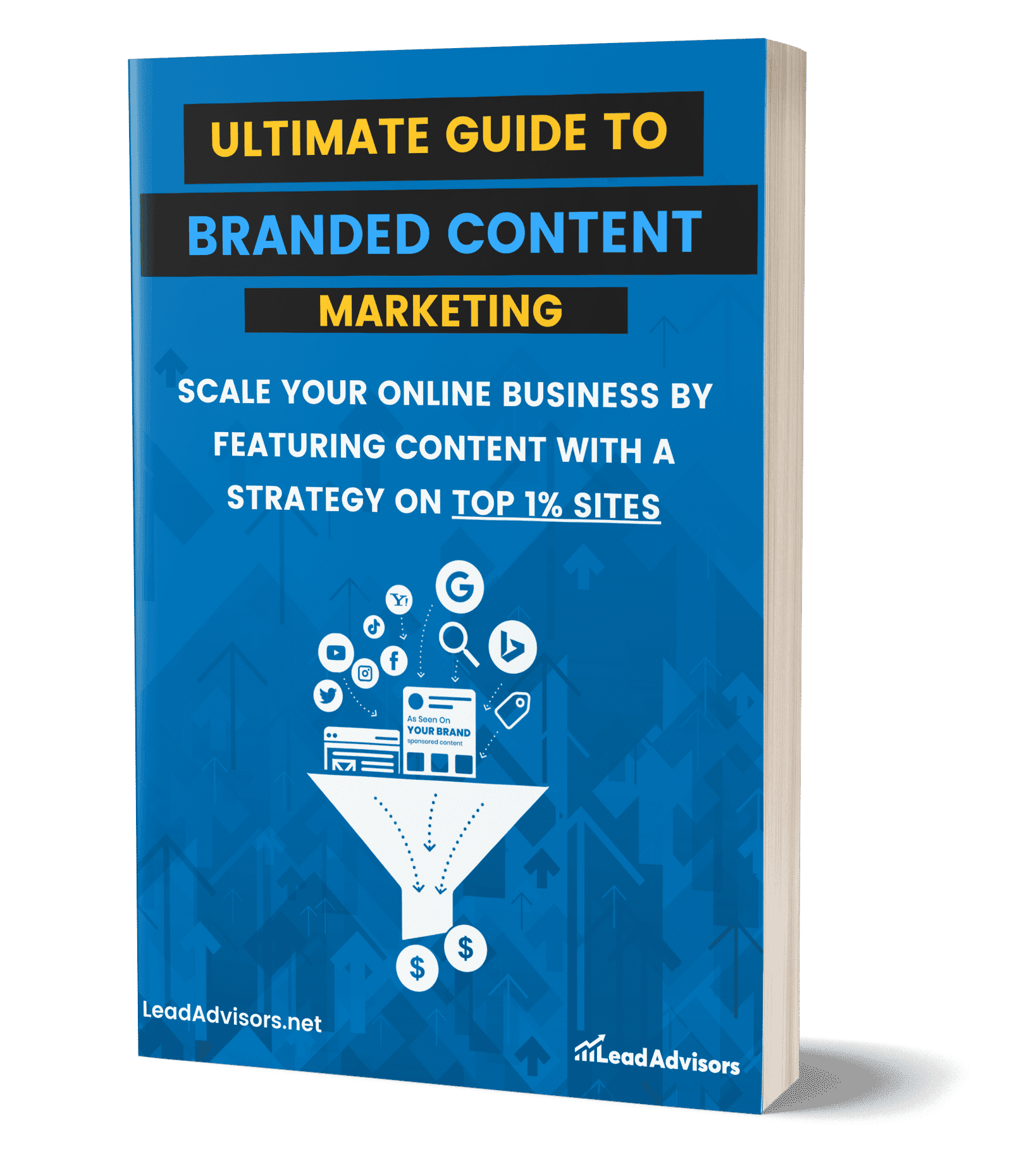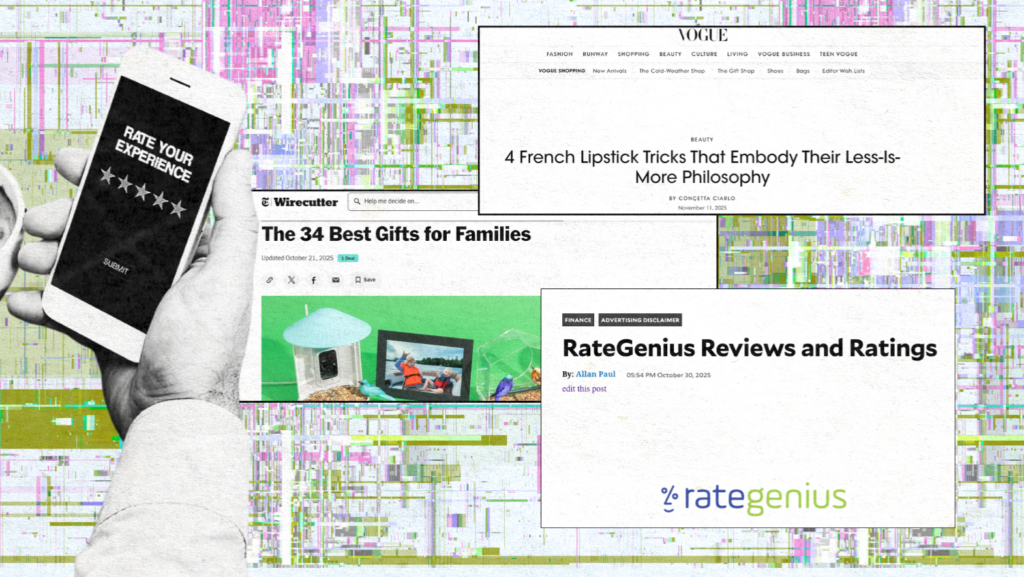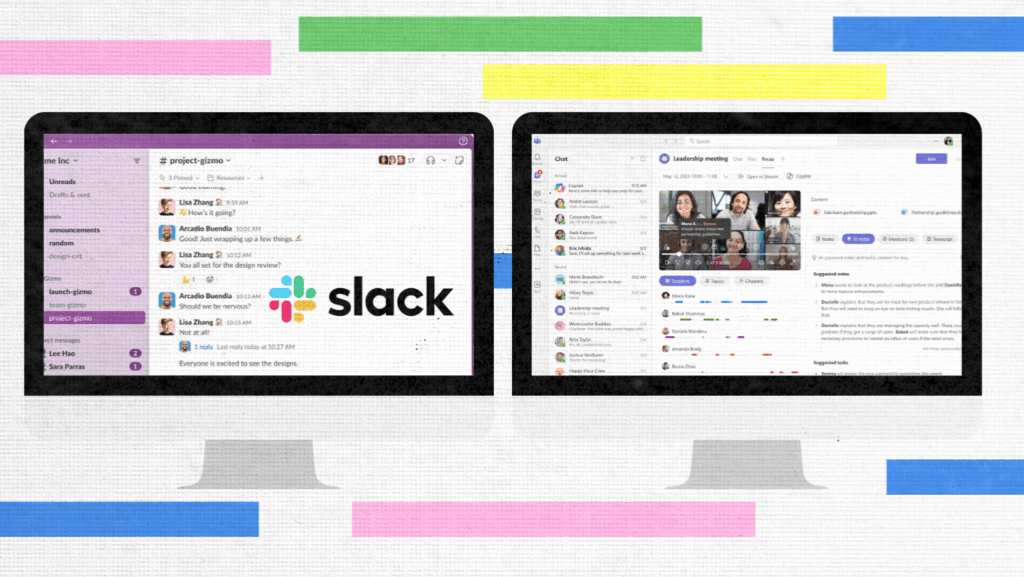You probably have a hundred things to do if you have a local business. You’re trying to get more customers, keep up with reviews, post on social media, and somehow still find time to actually run your business.
But here’s the thing: if you’re not focusing on local link building, you’re missing out on a HUGE opportunity to dominate local search results.
Local link building is your Google’s word-of-mouth recommendation. High-quality local backlinks from local websites, blogs, and other local businesses build your trust with the search engines. When Google trusts you, you get higher rankings, more traffic, and ultimately, more customers knocking on your door.
So, let’s explore local link-building tactics that work, with real-life examples, AI-driven strategies, and pro-local link-building tips to prosper your business!
What Is Local Link Building?
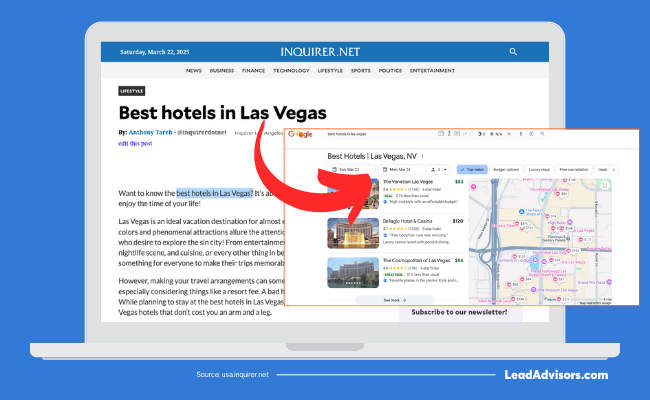
Imagine you own a coffee shop in Seattle. If the city’s top food blogger links to your website in an article about the “best coffee shops in Seattle,” that’s a local backlink. And that’s GOLD for building local links.
Local link building is the process of getting local third-party websites, blogs, and other local businesses to link to your site. These links help search engines understand that your business is relevant to your area and deserves to rank higher in local search results.
Why Are Local Links So Powerful?
- Higher Local Rankings – The more local backlinks you have, the more Google sees you as an authority.
- More Targeted Traffic – Local links drive actual customers looking for your services, not just random visitors.
- Stronger Brand Trust – Getting mentioned on local websites makes you look credible and well-connected.
The Local Link Building Framework
You know you need high-quality local backlinks, but how do you figure out where to get them, how to reach out, and whether your efforts are even working?
That’s where things get overwhelming.
This is why you require a crystal clear, repeatable framework – one that eliminates the guesswork related to link acquisition and delivers smooth and effective processes.
Let’s break it down into four simple steps that actually work.
Step 1: Local Link Prospecting – Finding the Right Opportunities
Before everything else, understand which places to seek before you begin pursuing backlinks. Not every link is worth pursuing, and spending time on subpar sites will not propel you forward.
How to Find High-Value Local Link-Building Opportunities
- Local SEO Tools – Tools such as Whitespark, BrightLocal, Moz, and Semrush guide you in finding linking opportunities in local directories and other high-authority local backlinks.
- Competitor Backlink Analysis – Find out where your competitors are getting their links. If they’re ranking well, chances are those backlinks are working for them. Use tools like Ahrefs or Semrush to see their link sources.
- AI-Powered Prospecting – AI tools can scan thousands of local websites to suggest high-quality backlink opportunities tailored to your business. This means less manual work and more accurate results.
Pro Tip: Work with other niche-relevant or authoritative sites in your industry in place of the bizarre, random local business directories. One article in a local news source is worth a lot more than 50 directory links.
Step 2: Crafting the Perfect Outreach Strategy – Getting Responses, Not Ignored
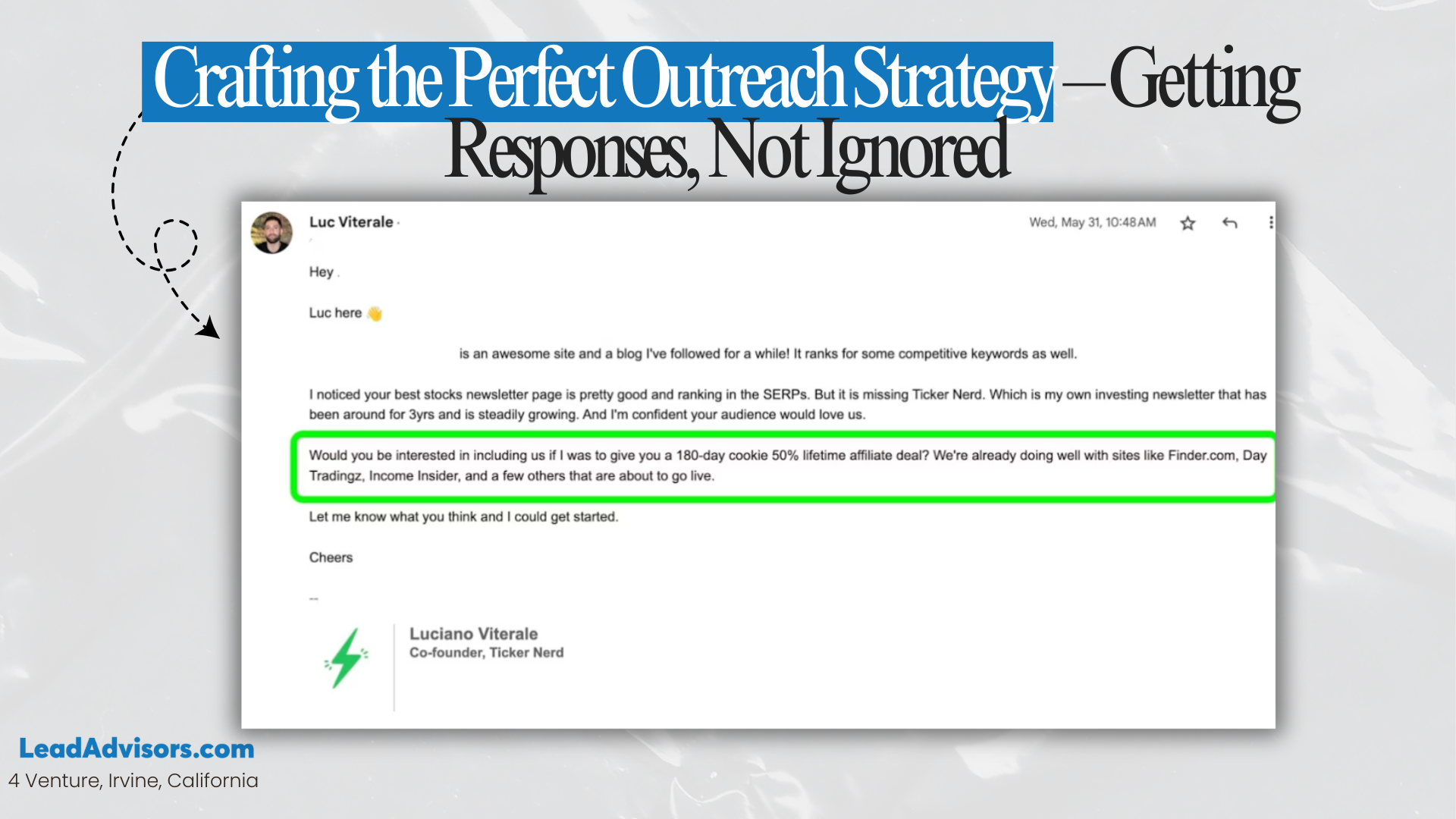
Let’s be real – most outreach emails go straight to the trash. Why? They are similar to mass emails that provide no value in return.
Why Generic Outreach Fails
“Hey, I love your site. Can you link to mine?” (Delete.)
“I wrote an article. Can you add a link?” (Ignored.)
No one gets conversions with generic emails; personalization is critical. Your emails should be written as though they were for a single person, not a list.
How to Make Your Outreach Stand Out
- Start with a real compliment – Mention a specific post or insight they shared.
- Make your request relevant – Link your content to something they previously wrote about.
- Offer value – Perhaps some new insight, fresh research, or a chance to work together.
Winning Outreach Email Example
Subject: Loved your article on [Topic] – Quick question
Hi [Name],
I just read your article on [specific topic] and loved your take on [mention a key point]. It reminded me of a guide we put together on [related topic] that expands on what you covered.
Would you be open to checking it out? I’d love to collaborate in a way that adds value to your local audience.
Looking forward to your thoughts!
Best,
[Your Name]
This feels natural and personal, which makes people more likely to respond.
Step 3: Leveraging Community & Local Partnerships – Earning Links Naturally
Yes, link building can include outreach to cold prospects, but the best links come from people you already know — in and around a network within your community.
How to Build Local Partnerships for Backlinks
- Collaborate with Local Journalists & Bloggers – Reporters and bloggers seek story ideas. If your business is doing something new, tell them!
- Sponsor Local Events & Charities – Many events list their sponsors on their websites, often linking back to their business pages.
- Find Guest Posting Opportunities – Many local publications accept expert content. Write about industry trends, local issues, or expert advice, and in return, you’ll get a high-authority backlink.
Pro Tip: Get social with local influencers related to your niche. Whether it’s a food blogger, real estate expert, or tech reviewer, getting them to talk about your business creates backlinks on its own.
Step 4: Measuring Link-Building Success – What Actually Matters?
You’ve built some links – but how do you know if they’re actually helping your rankings? Here’s how:
Key Metrics to Track
- Referral Traffic – Check Google Analytics to see how much traffic your backlinks are sending your way.
- Domain Authority (DA) Growth – Tools like Moz and Ahrefs help track your DA over time. Higher DA = stronger rankings.
- Search Rankings – Are your target keywords moving up? If yes, your backlinks are doing their job.
- Conversions from Backlinks – Are visitors from backlinks actually buying something, signing up, or engaging? If not, you may need to refine your targeting.
So there you have it: Instead of guessing your way through link building, use this repeatable process – and watch your local SEO take off!
Industry-Specific Link-Building Strategies
Not all backlinks are created equal. A restaurant, a law firm, and an e-commerce brand should not use the same link-building strategies.
Yet, so many businesses take a one-size-fits-all approach to link building, chasing generic backlinks that don’t actually move the needle for their industry.
The secret? Customized link-building strategy for your niche. That way, you get high-quality, relevant backlinks that actually improve your search rankings and drive real business.
Here’s how to build links the right way – based on your industry.
Restaurants & Cafés: Building Links Through Foodie Hype
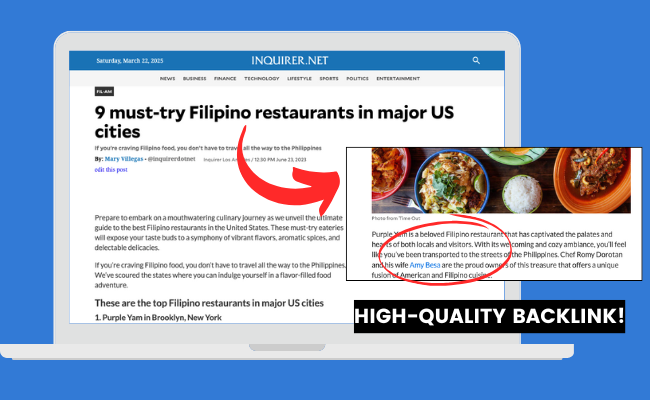
For restaurants, local visibility is everything. The goal is to get featured where food lovers hang out – because backlinks from food blogs, city guides, and review sites can directly increase reservations and orders.
Best Link-Building Strategies for Restaurants
- Partner with local food bloggers – Invite them to a free tasting in exchange for a blog post or social media shoutout with a backlink.
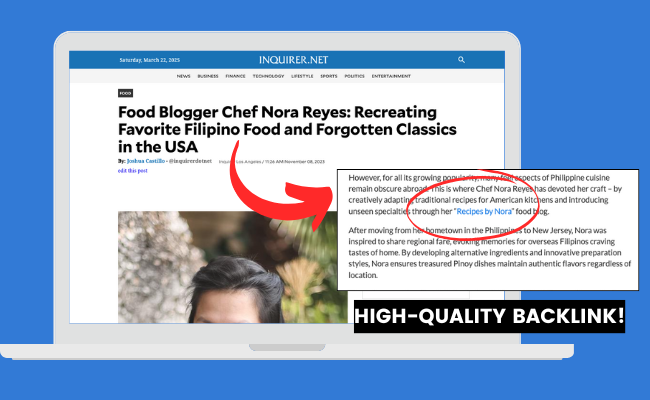
- Get Listed on Yelp and Google My Business—These platforms are SEO powerhouses for local businesses. Optimize your profile and encourage reviews.
- Reach out to City Tourism Websites. Many city and travel sites feature local dining guides—make sure your restaurant is listed.
Create a seasonal or exclusive dish that makes local news. People love writing about unique food experiences, which means free backlinks for you.
Law Firms: Establishing Authority Through Legal Directories & Publications
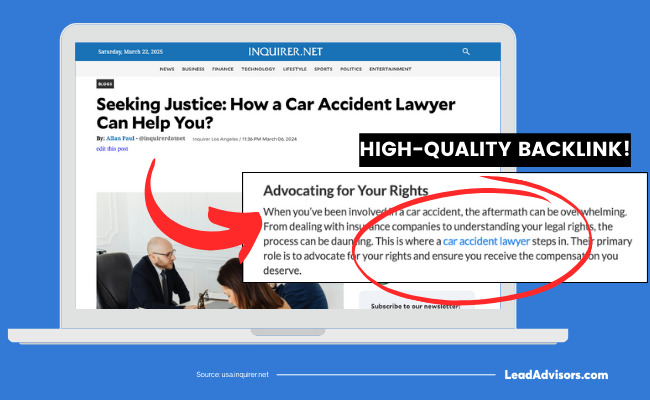
For lawyers, credibility is everything. A backlink from a high-authority legal directory is worth far more than a random lifestyle blog mention.
Best Link-Building Strategies for Law Firms
- Get Listed in Local Bar Associations – Your state and local bar associations often have lawyer directories that provide trusted backlinks.
- Submit to Legal Directories – Websites like FindLaw, Avvo, Justia, and Nolo rank well in search engines and drive referral traffic.
- Guest Blog on Third-Party Websites – Share expert insights on trending legal issues to earn authoritative backlinks.
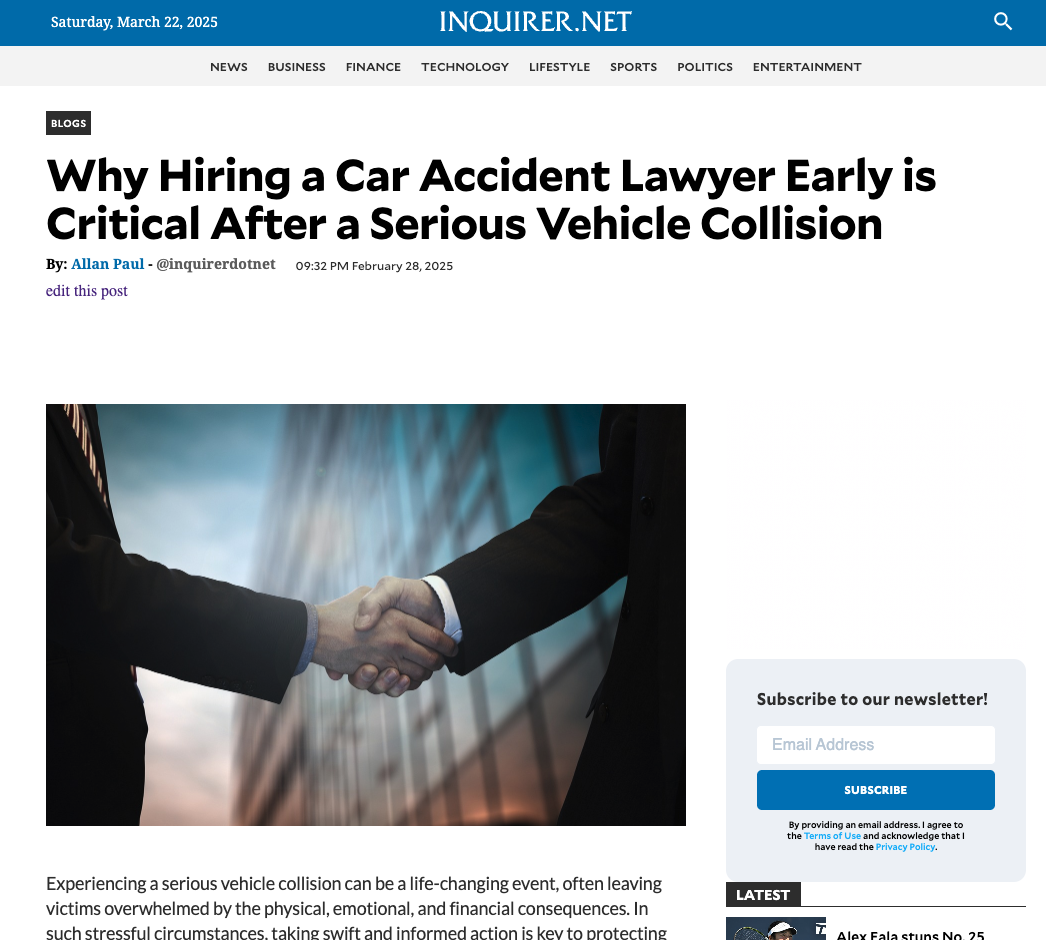
Offer free legal guides or case study breakdowns – journalists love linking to expert legal content.
Medical & Healthcare: Gaining Trust Through High-Authority Links
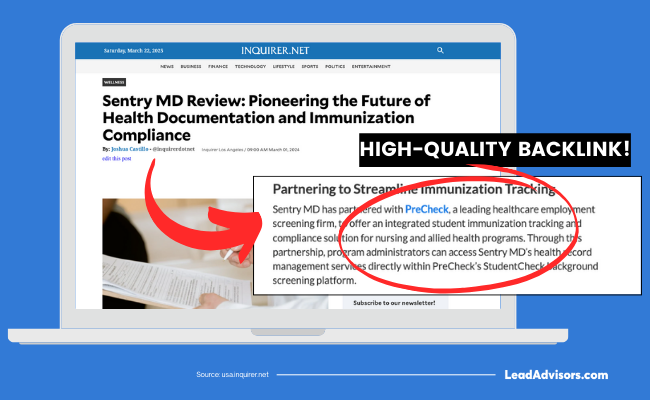
Since healthcare is part of Your Money or Your Life (YMYL) content, Google expects high-quality, trustworthy backlinks.
Best Link-Building Strategies for Medical & Healthcare
- Get Listed in Health & Medical Directories – Platforms like WebMD, Healthgrades, and RateMDs boost credibility and SEO.
- Engage in Local Medical Forums – Answering questions in reputable medical forums can earn natural backlinks.
- Partner with University Research Programs – If your practice is involved in research, getting cited by medical institutions and universities can land you gold-standard backlinks.
- Leverage Affiliate Editorial Reviews – Collaborate with health bloggers, medical review sites, and affiliate marketers who write editorial reviews about medical products or services, helping drive both traffic and high-quality backlinks.
Publish patient-friendly guides on common medical concerns—health journalists love linking to expert sources.
Real Estate Agents: Leveraging Local News & Home Improvement Blogs

For realtors, local credibility, real estate leads, and search visibility are game-changers. Your best backlinks come from trusted local sources that homebuyers and resellers actually read.
Best Link-Building Strategies for Real Estate Agents
- Pitch Stories to Local News Outlets – Journalists cover market trends, home buying tips, and neighborhood spotlights. Be the expert they quote!
- Write for Home Improvement & Mortgage Blogs – Share advice on staging, selling tips, or financing insights to earn backlinks from real estate-related blogs.
- Sponsor Local Community Events – Many charities and community organizations list their sponsors on their websites, providing natural backlinks.
Create a “Moving to [Your City]” guide – local relocation and tourism websites love linking to these resources.
Retail & E-Commerce: Partnering with Influencers & Product Collaborations
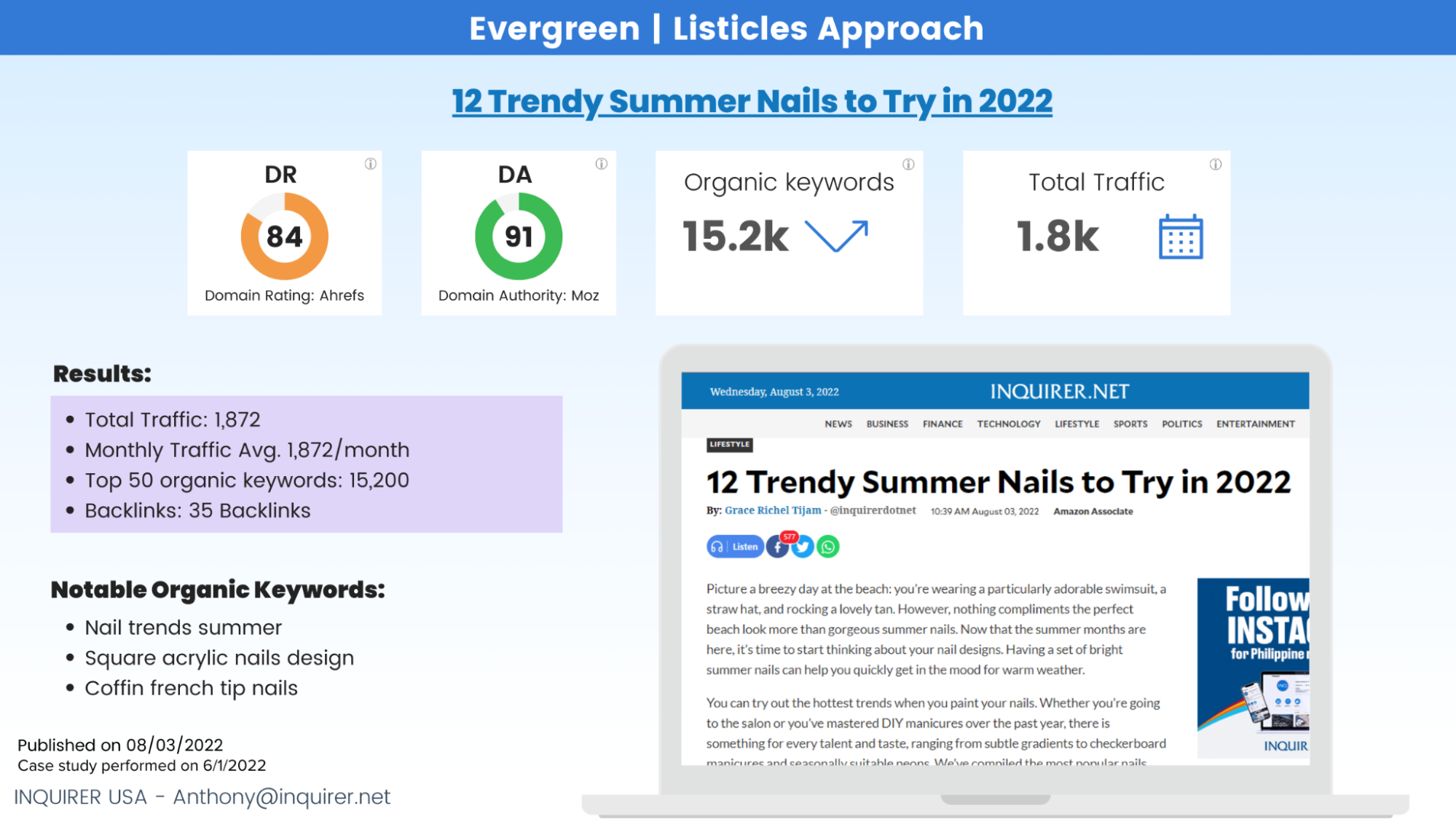
Brand exposure and backlinks go hand in hand, especially for online stores. The more people talk about your products, the more links you earn.
Best Link-Building Strategies for Retail & E-Commerce
- Collaborate with Local Influencers—Offer free products to local influencers in exchange for reviews and backlinks on their blogs and social media.
- Get Featured in “Best Of” Lists—Contact websites that create gift guides, product roundups, or local business spotlights.
- Submit to Business and Product Directories—Platforms like Yelp, Google My Business, and niche-specific directories help boost visibility and build trust.
Pro Tip: Run a contest or giveaway – these often get picked up by blogs and earn natural backlinks.
Underutilized Local Link-Building Tactics with Measurable Results
When it comes to local link-building, everyone chases the same strategies – guest posts, directories, and outreach. But if you want to stand out and secure high-quality backlinks, you need to think beyond the basics.
Here are four overlooked but highly effective tactics that improve local SEO and drive real business results.
1. Sponsoring Local Organizations & Events
Did you know that sponsoring a local event or charity can land you high-quality backlinks while boosting brand visibility? Many community organizations, charities, and events list their sponsors on their websites, often with dofollow backlinks.
How Sponsorship Backlinks Work
- Find a local event or organization relevant to your business.
- Offer monetary support, free products, or services.
- Get listed on their website with a backlink (often from high-authority .org or .gov domains).
Search for nonprofit organizations, local chambers of commerce, and community groups for pages listing dedicated sponsors that link back to businesses.
2. Building Local Citations with High Authority
A lot of businesses confuse citations with backlinks – but they’re not the same.
Citations vs. Backlinks: What’s the Difference?
| Citations | Backlinks |
| Includes your business name, address, and phone number (NAP), but doesn’t always link to your site. | A hyperlink that directs traffic from another website to yours. |
| Essential for Google’s local ranking signals. | Boosts SEO authority and domain trust. |
| Examples: Google My Business, Yelp, TripAdvisor, Yellow Pages. | Examples: Local blogs, media websites, and directories that link back to your website. |
Best Citation Sites by Industry
- Restaurants & Cafés – Yelp, OpenTable, TripAdvisor, Zomato
- Law Firms – Avvo, FindLaw, Justia, Nolo
- Medical & Healthcare – Healthgrades, WebMD, RateMDs
- Real Estate – Zillow, Realtor.com, Homes.com
- Retail & E-Commerce – Google My Business, BBB, Trustpilot
Consistency is key! Your business information (NAP) must match exactly across all citations to help with local rankings.
3. Hyperlocal Content Marketing & Link Earning
What if you could earn backlinks naturally without begging for them? That’s where hyperlocal content comes in.
What is Hyperlocal Content?
It’s content that’s so specific to your city or neighborhood that local websites and blogs link to it organically.
Examples of Hyperlocal Content That Earns Links
- “Best Places for [Food] in [City]” – Restaurants, cafes, bakeries, etc., can publish ranked lists or reviews.
- “The Ultimate Guide to [City]” – A tourism or relocation guide that local travel sites love linking to.
- “Hidden Gems in [City]” – A curated list of lesser-known local spots that bloggers and influencers can share.
4. Leveraging Digital PR for Local Businesses
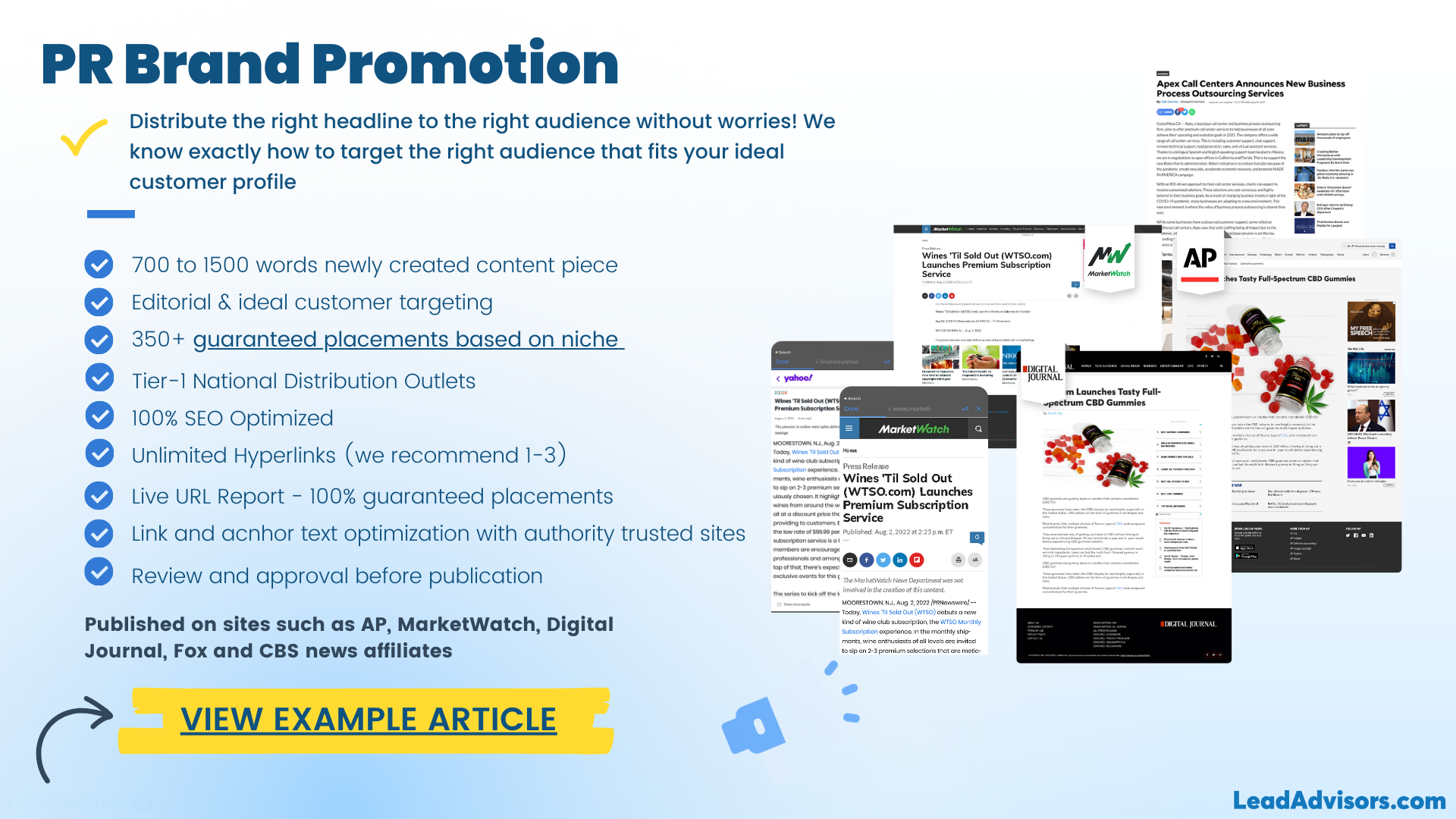
Want high-quality backlinks from major news outlets? Digital PR is the key.
How to Get Press Links for Your Business
- Pitch a Local Story to Journalists – Local news outlets are always looking for good stories, from new products to viral moments to business milestones.
- Use HARO (Help A Reporter Out) – Sign up for HARO to respond to journalist queries – you can land backlinks from major publications.
- Reach Out to Local Bloggers & Influencers – They often cover community businesses and can feature your story.
If you are launching a new product, hosting a community event, or doing anything else unusual, you can pitch local journalists, as they always want to hear from you.
Common Local Link-Building Mistakes & How to Avoid Them
One of the most important components of your SEO strategy is local link-building. If done appropriately, this will help you rank higher, get more traffic, and gain trust from the
Done wrong? It can result in penalties, wasted effort, and falling rankings.
Let’s examine the most common local link-building pitfalls businesses face and learn how to avoid them so they do not damage their SEO.
1. Falling for Low-Quality Directories
Not all directory listings are good for SEO. Many outdated or spammy directories provide zero value and can actually harm your rankings.
Red Flags for Low-Quality Directories
- Directories with zero traffic – If nobody visits the site, Google doesn’t care about the backlink.
- Sites that accept any business without verification – These are usually filled with junk listings and spam.
- Directories with excessive outbound links—If a directory has thousands of unrelated links, Google may consider it low-quality or manipulative.
How to Choose Safe, High-Quality Directories
- Stick to well-known local and industry-specific directories like Google My Business, Yelp, and BrightLocal.
- Check the domain authority (DA) of a directory before listing your business (use tools like Moz or Ahrefs).
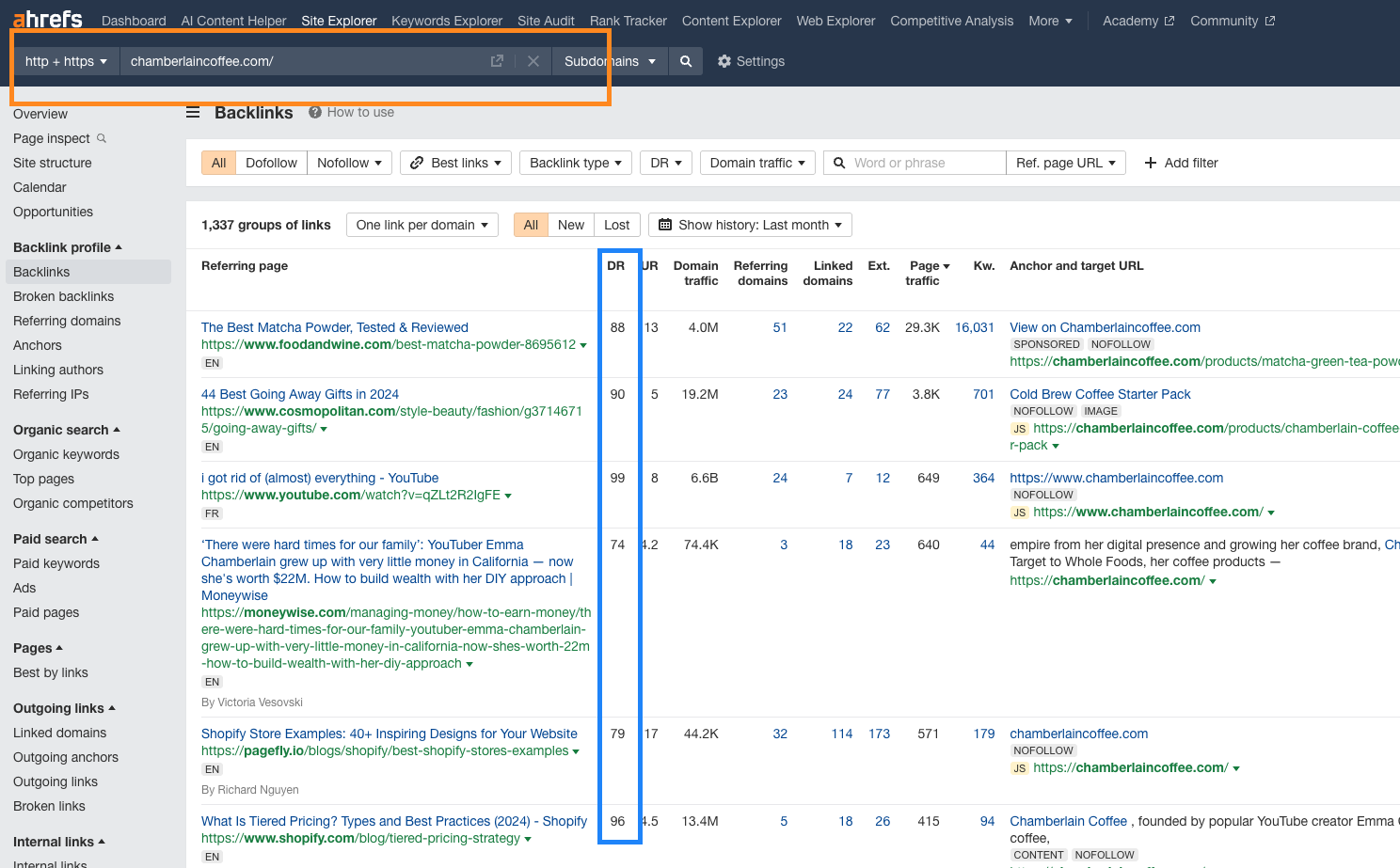
- Prioritize directories that require verification – these tend to be more reputable.
If a directory feels sketchy (e.g., has a spammy design, has tons of ads, or offers a poor user experience), skip it.
2. Sending Spammy Outreach Emails
Your outreach emails can make or break your link-building success. If they’re too generic or pushy, they’ll be ignored – or worse, marked as spam.

Mistakes That Get Your Emails Flagged as Spam
Mass emails with zero personalization – “Hey, can you link to my website?” (instant delete)
Too many links in the first email – Emails overloaded with links look spammy.
Clickbait subject lines – Using “URGENT” or “LIMITED TIME” in your subject line increases spam risk.
Sending too many emails at once – Blasting hundreds of emails at once can trigger spam filters.
How to Avoid Spam Filters & Get More Replies
Personalize your emails – Mention something specific about the recipient’s website
Warm up your email domain – New email accounts sending mass outreach get flagged easily. Start with a lower volume and increase over time.
Use a real email signature – A professional signature with your name, role, and company makes your email look legitimate.
Keep your first email link-free – Ask if they’re interested before sending a bunch of URLs.
Example of a Non-Spammy Outreach Email
Subject: Loved your article on [Topic] – Quick question
Hi [Name],
I came across your article on [specific topic] and found it really insightful, especially your point about [mention a key detail]. It got me thinking – I recently put together a guide on [related topic] that might be useful for your readers.
Would you be open to checking it out? I’d love to share it with you!
Best,
[Your Name]
Pro Tip: A/B tests different email formats to see which gets the best response rate.
3. Ignoring Link Quality & Getting Penalized
Many businesses rush to build links without checking if they’re actually helpful. Worse, some fall into “too good to be true” SEO deals that promise hundreds of backlinks overnight – which usually results in Google penalties.
How to Avoid Toxic Backlinks
- Check backlink quality – Use Ahrefs or Moz to see if a link comes from a trusted site.
- Avoid bulk link-buying services – If an offer sounds too good to be true, it’s probably risky.
- Use Google’s Disavow Tool (only if necessary) – If spammy links are harming your site, you can ask Google to ignore them.
Pro Tip: Focus on earning backlinks naturally through quality content, partnerships, and local citations – not by buying links from shady sources.
Emerging Trends in Local Link Building
Link building is a grind. Manually hunting for backlink opportunities, writing outreach emails that get ignored, and tracking which links actually help your rankings—it’s exhausting.
But here’s the good news: AI is shaking things up.
AI-based tools can automatically do link prospecting, write personalized outreach emails, and even track backlinks while you sit without doing anything. If you’re still using old methods, it’s time to upgrade.
Let’s go through all the ways AI is changing the game, which tools are the best to use, and a case study that shows AI-powered outreach really works.
How AI is Transforming Link Building
AI isn’t just for writing blog posts or generating images – it’s becoming a secret weapon for smarter link-building. Here’s how:
- Find high-value backlink opportunities faster – AI tools scan thousands of sites in seconds to find the best link-building prospects.
- Personalize outreach emails at scale – AI can customize emails based on a website’s content, making your outreach feel more personal (without the manual work).
- Automate backlink tracking and competitor analysis – AI tools monitor who’s linking to you (and your competitors) so you can adjust your strategy in real-time.
There will be no more guesswork, no more wasting time on dead-end outreach, and just smarter, faster, and better link-building.
The Best AI Tools for Local Link Building
So, which tools should you use? Here’s a breakdown of the best AI-powered platforms for finding backlinks, personalizing outreach, and tracking results.
AI Tools for Finding Link Opportunities
| Tool | What It Does |
| Whitespark | Finds high-quality local directories and citations to boost local SEO link building. |
| BrightLocal | Helps businesses track local SEO rankings and discover new backlink opportunities. |
| Semrush | Analyzes competitor backlinks and finds where they’re getting links (so you can, too). |
| Ahrefs | Tracks your existing backlinks and finds broken link-building opportunities. |
Tools for Personalized Outreach
| Tool | What It Does |
| Postaga | AI-driven outreach that customizes emails based on a website’s content. |
| Respona | Automates link-building outreach, scheduling follow-ups, and improving response rates. |
| ChatGPT | Generates engaging outreach emails that don’t feel robotic or spammy. |
| Jasper AI | Helps write persuasive email copy that actually gets responses. |
AI Tools for Backlink Tracking & Monitoring
| Tool | What It Does |
| Google Search Console | Tracks which websites are linking to you & measures SEO impact. |
| Ahrefs & Moz | Monitors backlinks, detects lost links, and checks domain authority. |
| Semrush Backlink Analytics | Shows the quality and impact of each backlink. |
AI-Generated Personalized Outreach: What It Looks Like
We’ve all received bad outreach emails – generic, spammy, and totally irrelevant. Nobody responds to those.
But AI can customize outreach emails to feel genuinely personal without you having to write each one from scratch.
Here’s an example of a winning AI-powered outreach email:
Subject: Loved your article on [Topic] – Quick question
Hi [Name],
I just read your article on [specific topic] and loved your take on [mention a key point]. It reminded me of a guide we put together on [related topic] that expands on some of the points you covered.
Would you be open to checking it out? I’d love to collaborate or offer insights that could add value to your readers. Let me know what you think!
Best,
[Your Name]
Why this works:
- Mentions their content (shows you actually read it)
- Feels like a real conversation, not a copy-paste template
- Offers value first, instead of just asking for a backlink
With AI, you can send hundreds of personalized emails like this – without spending hours customizing each one.
Future-Proofing Your Local Link-Building Strategy
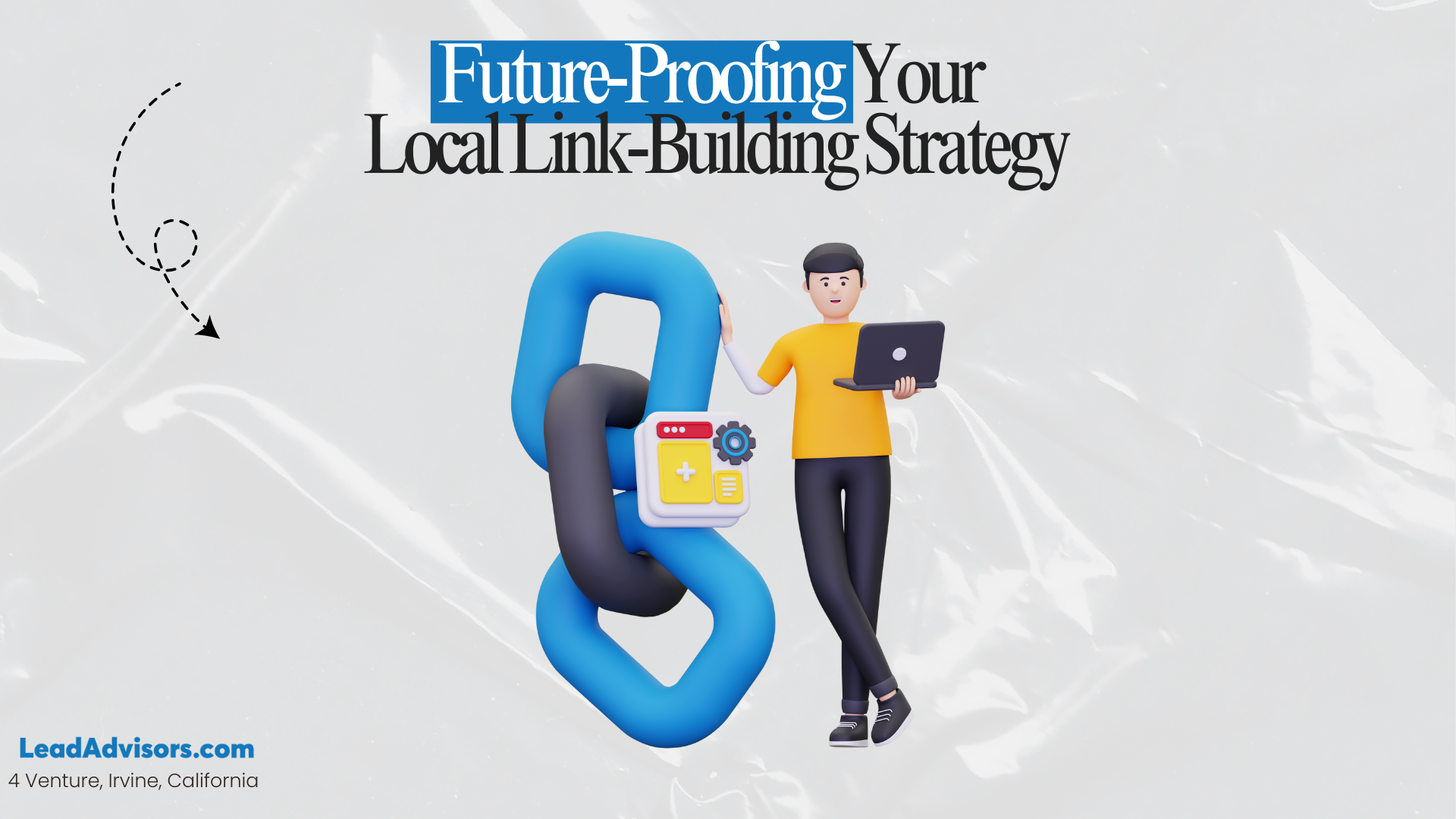
User habits and Google’s algorithm were transforming local link-building trends. Businesses must foresee changes and adapt their strategy accordingly. Here’s how you can future-proof your local link-building efforts:
How Google’s Algorithm Changes Are Shaping Local Link-Building
- Emphasis on Authority & Relevance – Google’s algorithms now prioritize local relevance and niche authority, making quality over quantity the golden rule for link-building.
- AI & E-E-A-T Impact – With AI-generated content on the rise, Google is doubling down on Experience, Expertise, Authoritativeness, and Trustworthiness (E-E-A-T). Local businesses need to secure backlinks from credible, high-authority local sources.
- Hyperlocal Signals – Google’s focus on “neighborhood-based” ranking means businesses must secure links from geographically relevant sites such as local news outlets, community blogs, and hyperlocal directories.
Preparing for Zero-Click Searches & Alternative Visibility Strategies
With more users getting answers directly from Google’s SERP features (like Local Packs and People Also Ask), traditional link-building needs reinforcement from other visibility tactics:
- Google Business Profile Optimization – Ensure your GBP is fully optimized, regularly updated, and rich with customer interactions.
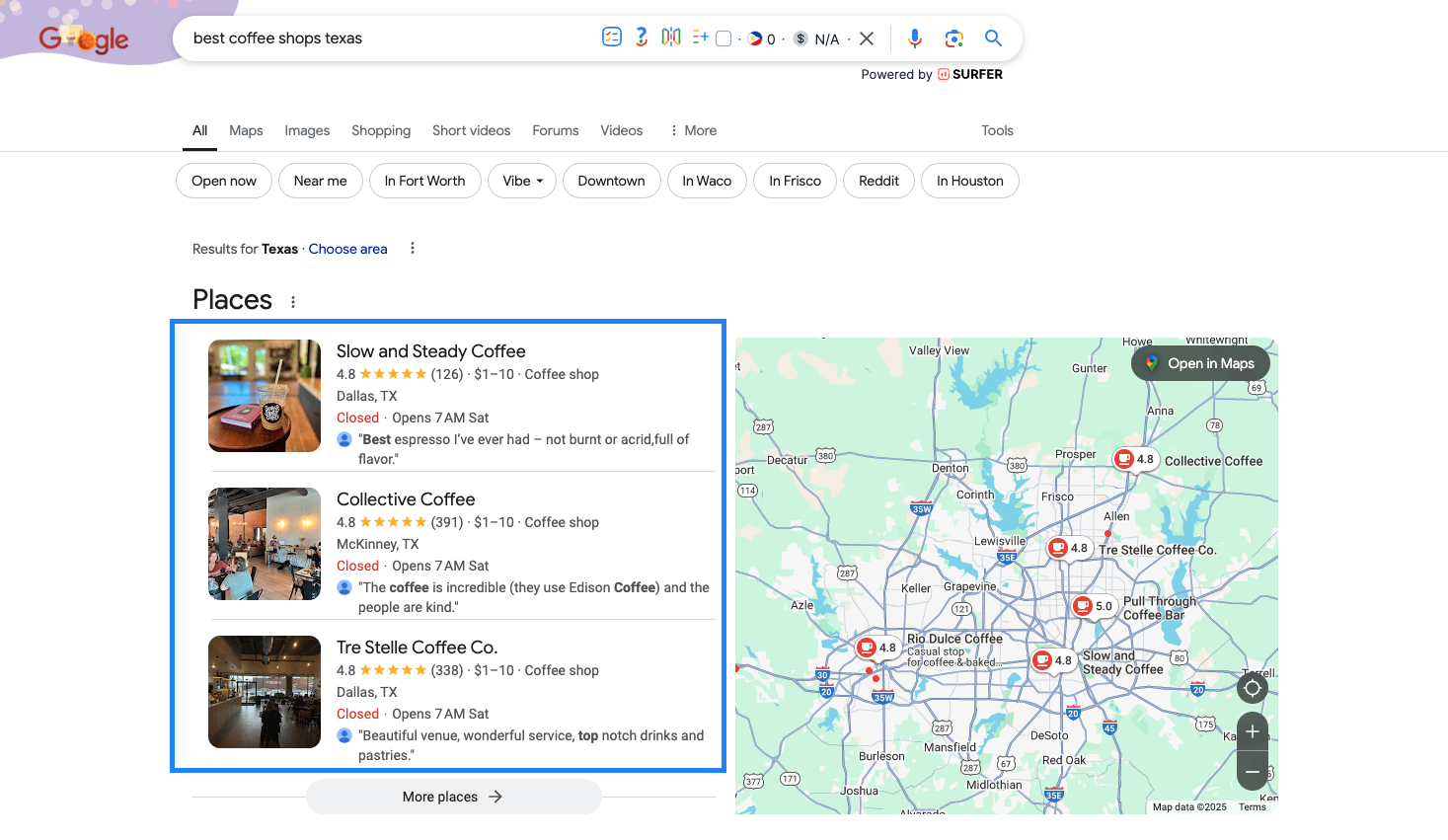
- Brand Mentions & Citations – Even unlinked brand mentions can influence rankings. Local PR and community engagement help keep your business top-of-mind.
- Leveraging Local Partnerships – Collaborate with local influencers, event organizers, and nonprofits to earn high-value mentions and placements.
Predictions for Local SEO in 2025 and Beyond
- More AI-Powered Search Features—Google’s AI-driven search will prioritize conversational and voice-based queries, making contextual relevance crucial.
- Interactive & Video-Based Search Dominance – Short-form videos and interactive content (such as Google’s Web Stories) will play a bigger role in local visibility.
- Decentralized Search Growth – Alternative search platforms like TikTok Search and Reddit discussions are increasingly influencing local business discovery. Having a cross-platform strategy will be key.
To future-proof your local link-building strategy, focus on quality, relevance, and diversification. Prioritize hyperlocal link-building, invest in brand visibility beyond Google, and prepare for emerging trends like AI-driven search and interactive content.
Frequently Asked Questions
How do local news sites help with local link building?
Can getting featured in local news really impact my SEO?
What role does understanding the local market play in link building?
How should I use local keywords in my link-building strategy?
How do backlinks influence local search rankings?
Final Thoughts
Local link building is your secret weapon for getting found online, bringing in more customers, and dominating local search. The trick? Focus on getting high-quality backlinks from local blogs, directories, and community partners, and don’t just send generic outreach—make it personal!
AI tools can help speed things up, from finding the right opportunities to tracking your progress, so you’re not stuck doing all the heavy lifting.
Start by securing just one quality backlink this week, keep at it, and watch your business climb the rankings. You’ve got this—now go make Google (and your customers) notice you!

